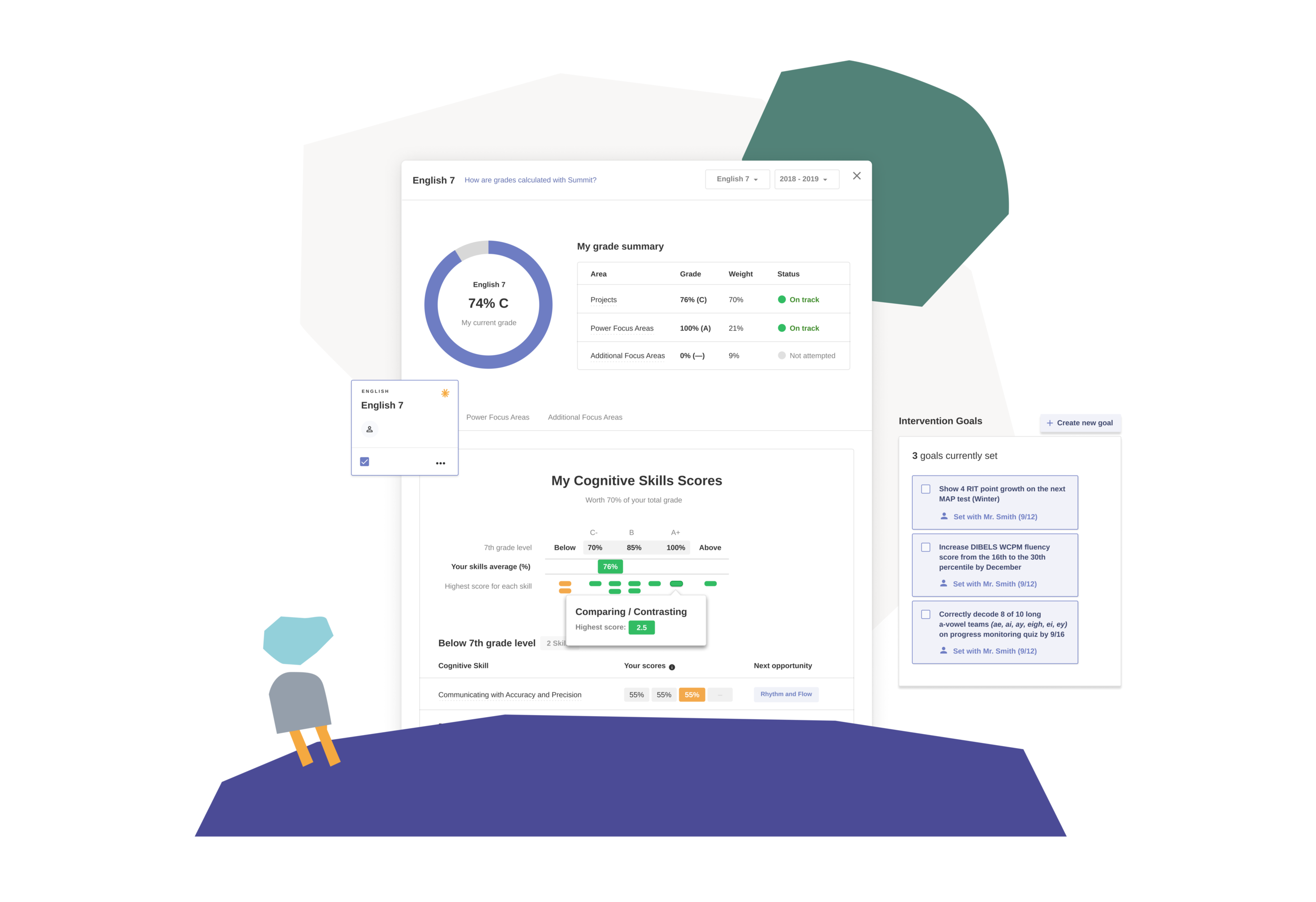A future for everyone
The Chan Zuckerberg Initiative (CZI) is a multi-faceted, mission-driven organization with ambitious, long-term goals to fundamentally move the needle in significant ways on dire issues within the realms of Education, Science, and Justice through its many different levers: technology, grants, and community building.
The Education initiative centers on an equitable, whole child approach to learning, and supports many research, technology, and policy endeavors that seek to move the field of Education towards the future of learning.





